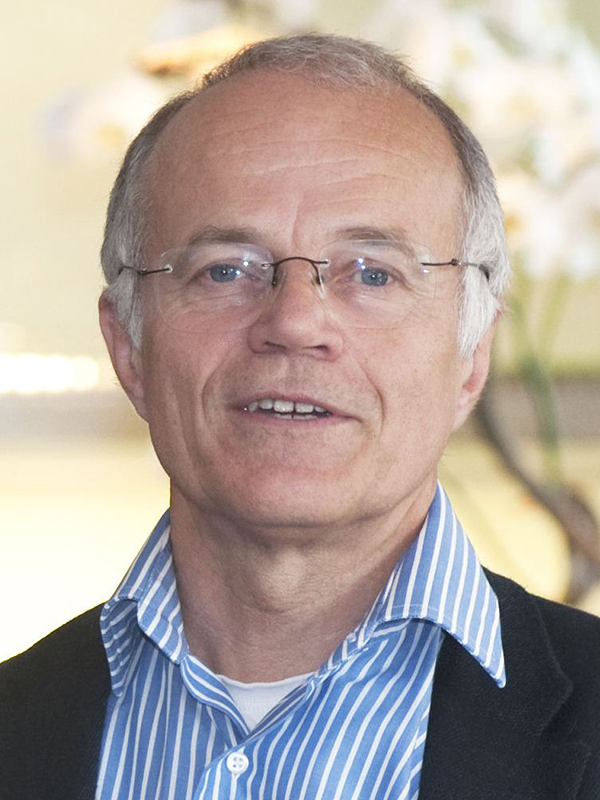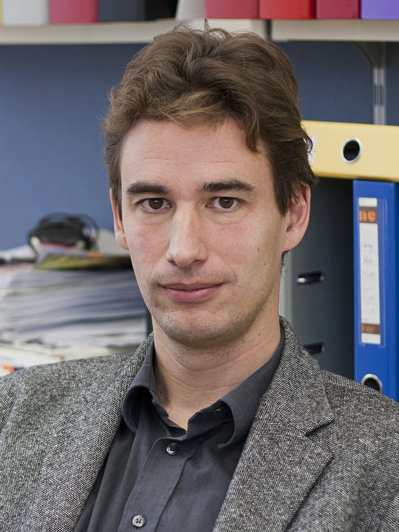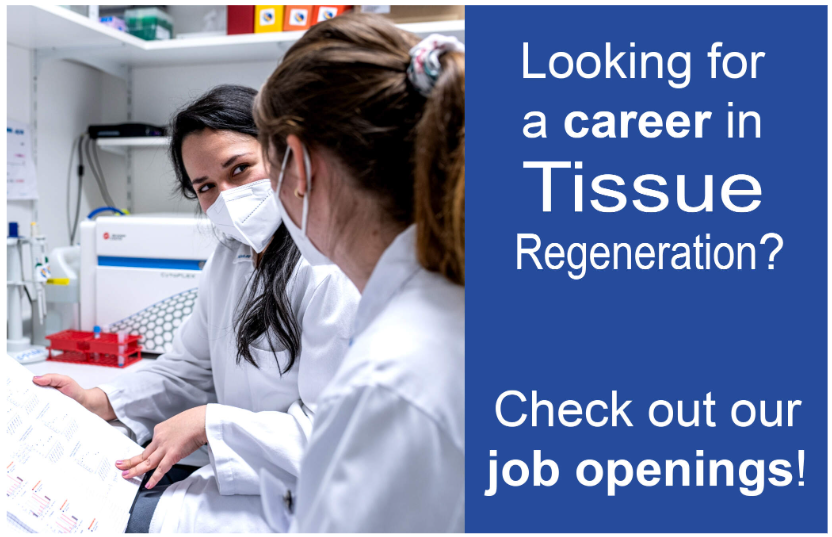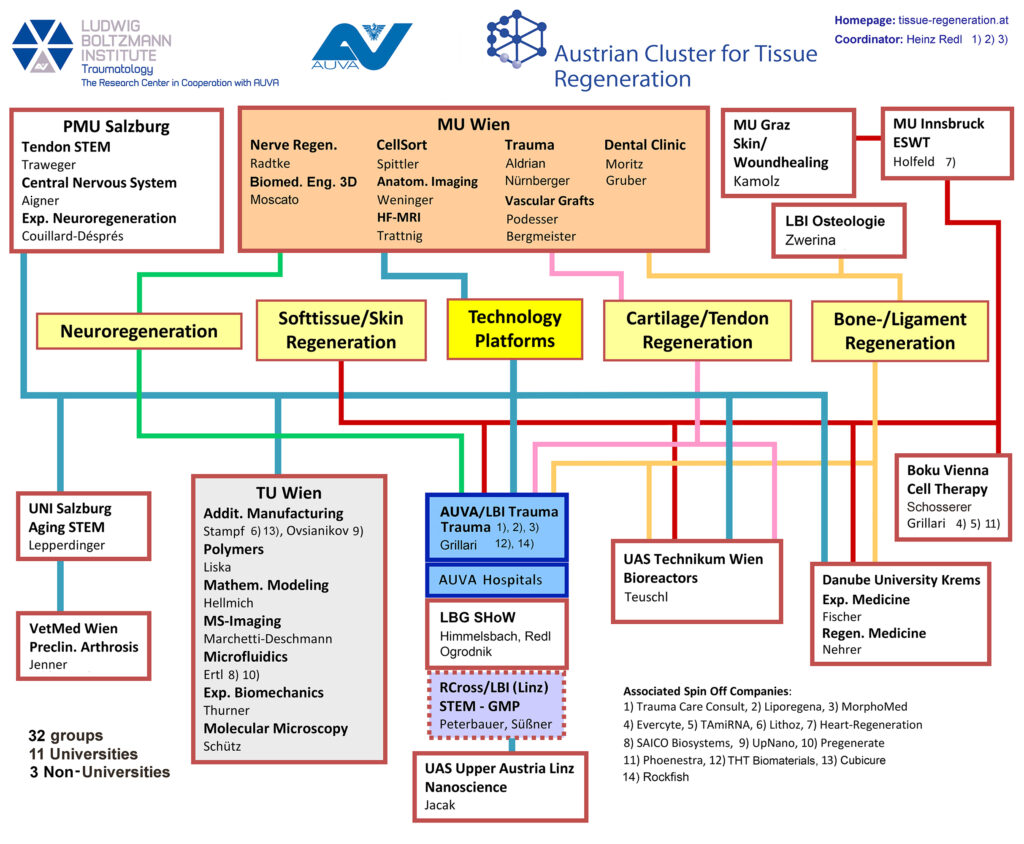News: Front Page
- Successful cardiac shock wave therapy: CAST-HF studyMedUni Innsbruck and LBI Trauma, both members of the cluster, are pleased to announce the publication of the CAST-HF study. This study, published in the renowned European Heart Journal, shows… Read More »Successful cardiac shock wave therapy: CAST-HF study
- Joint Pioneers in Extracellular Vesicle ResearchAustria is setting new standards in research into extracellular vesicles (EVs). These tiny vesicles, which are released by cells, play a crucial role in cell communication and provide valuable information… Read More »Joint Pioneers in Extracellular Vesicle Research
- Ceramic subperiosteal jaw implant placed in patient for the first time everFor the first time in surgical history, a 3D-printed ceramic subperiosteal jaw implant was placed in a patient as part of the INKplant project. Lithoz, long-standing Associated Member of the… Read More »Ceramic subperiosteal jaw implant placed in patient for the first time ever
- Submit your abstract now for the Joint Annual Meeting of ASEV and CzeSEV 2024!With many of Cluster members dedicating their research attention to EVs, we want to extend a warm invitation to the Joint Annual Meeting of ASEV and CzeSEV! The Austrian Society… Read More »Submit your abstract now for the Joint Annual Meeting of ASEV and CzeSEV 2024!
The next Cluster Meeting will take place March 6-7 at TU Wien’s Kuppelsaal.

Our objective is to better understand musculoskeletal tissue regeneration to improve diagnostics and therapeutic measures in an entirely interdisciplinary and translational approach.”
Heinz Redl,
Cluster Coordinator

Head of Board

from trauma to tissue regeneration…
from molecules to clinics….
About the Cluster
Regeneration after trauma or injury is a fascinating and complex process. Some species are more capable of regenerating different body parts, tissues or organs while others possess only very limited regenerative abilities. Hydra for example, a freshwater polyp, can regenerate its entire body. Polyps are the early stage of what is commonly known as a… Read more >>

Join TERMIS!
The Austrian Cluster for Tissue Regeneration is a partner of TERMIS, the Tissue Engineering and Regenerative Medicine International Society. Learn about the benefits of become a TERMIS member!

